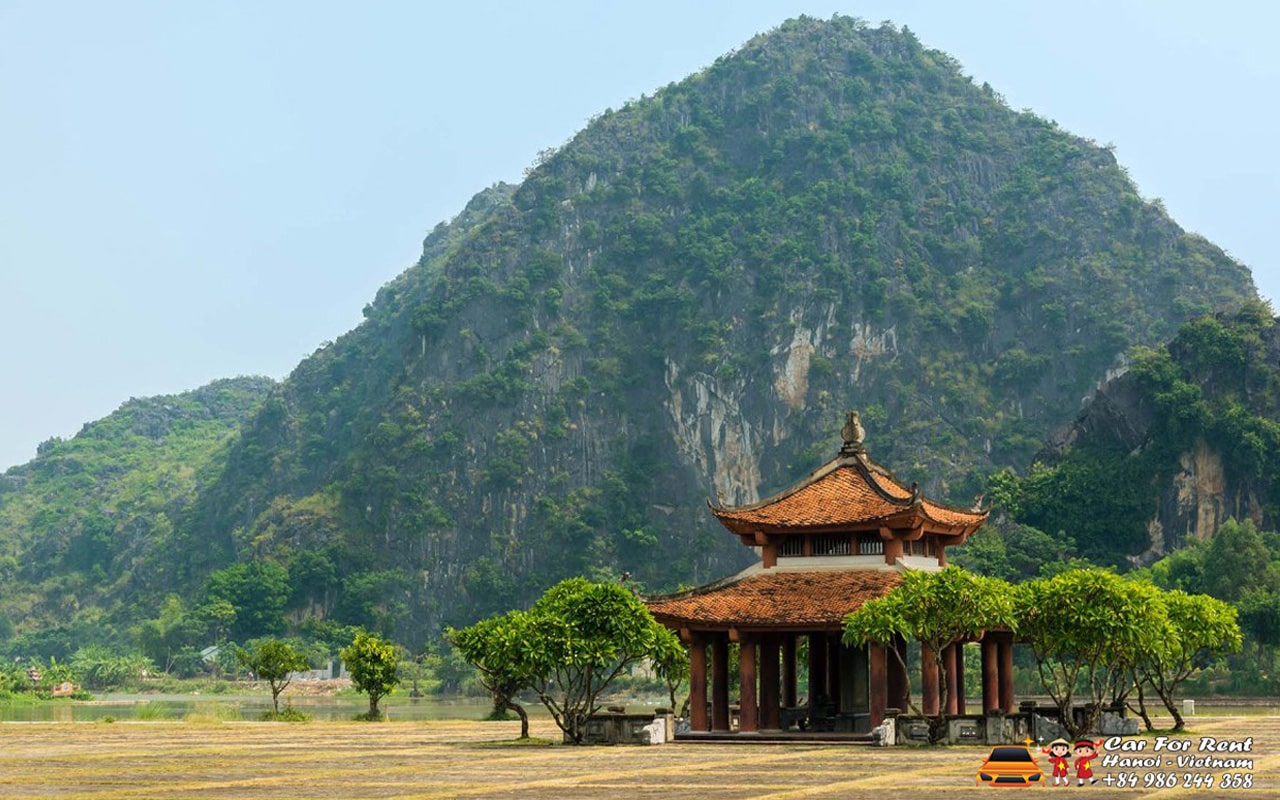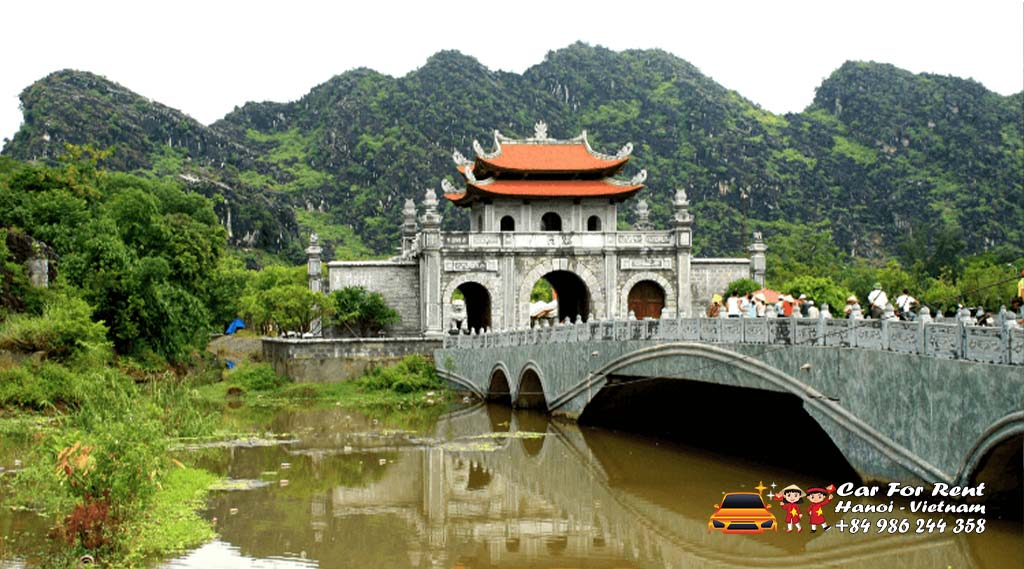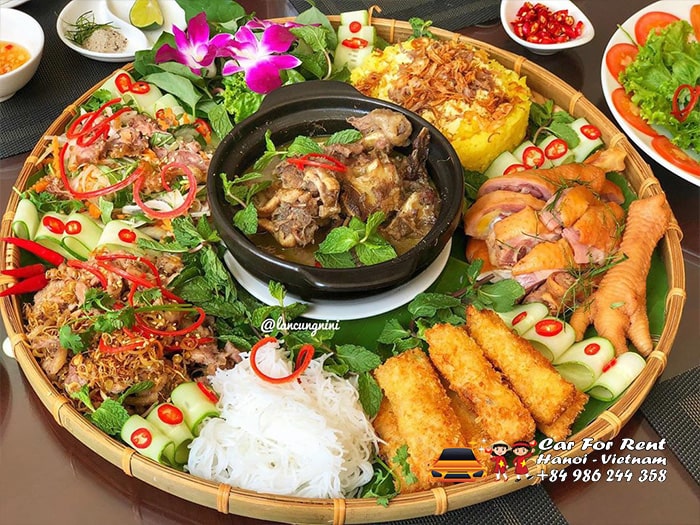Hoa Lu is a district in the Ninh Binh province of northern Vietnam. It is famous for being the first capital of Vietnam from 968 CE to 1010 CE, during the Dinh, Le, and Ly dynasties. It is also a place of natural beauty and cultural heritage, with limestone mountains, rivers, caves, temples, and pagodas.
Hoa Lu is a popular destination for tourists who want to learn about the history and culture of Vietnam, as well as enjoy the scenic and peaceful landscape. It is also a place of spirituality and pilgrimage, as it is associated with many legends and stories of the kings and heroes of Vietnam.
In this blog post, I will introduce you to some of the main features and attractions of Hoa Lu, as well as some tips and recommendations for visiting this amazing place.

The History and Culture of Hoa Lu
The history of Hoa Lu can be traced back to the 10th century CE, when Vietnam was under the rule of the Chinese Tang dynasty. A rebel leader named Dinh Bo Linh rose up against the Chinese and unified the country under his command. He proclaimed himself as King Dinh Tien Hoang and established Hoa Lu as his capital in 968 CE. He built a citadel and a palace on a flat land surrounded by limestone mountains and rivers. He also built temples and shrines to honor his ancestors and gods.
King Dinh Tien Hoang ruled for 12 years until he was assassinated by one of his generals in 980 CE. His son, King Dinh Toan, succeeded him but was too young and weak to govern. A powerful general named Le Hoan took advantage of the situation and usurped the throne. He proclaimed himself as King Le Dai Hanh and continued to use Hoa Lu as his capital. He expanded and fortified the citadel and the palace. He also built more temples and shrines to honor his ancestors and gods.
King Le Dai Hanh ruled for 24 years until he died in 1005 CE. His son, King Le Long Dinh, succeeded him but was also too young and weak to govern. A nobleman named Ly Cong Uan seized the power and became the king. He proclaimed himself as King Ly Thai To and moved the capital from Hoa Lu to Thang Long (now Hanoi) in 1010 CE. He left Hoa Lu as a secondary capital and a sacred site.

The history and culture of Hoa Lu are reflected in its attractions and landmarks that showcase its heritage and identity. Some of them are:
- Dinh Temple (Den Dinh): A temple that was built in the 17th century CE on the site of the original palace of King Dinh Tien Hoang. It has a main hall that houses a statue of King Dinh Tien Hoang and two side halls that house statues of his sons. It also has a courtyard that has stone steles that record his achievements and contributions.
- Le Temple (Den Le): A temple that was built in the 17th century CE on the site of the original palace of King Le Dai Hanh. It has a main hall that houses a statue of King Le Dai Hanh and two side halls that house statues of his sons. It also has a courtyard that has stone steles that record his achievements and contributions.
- Nhat Tru Pagoda (Chua Nhat Tru): A pagoda that was built in the 10th century CE by King Le Dai Hanh to commemorate his victory over the Chinese Song dynasty. It has a tower that has nine stories that represent the nine levels of Buddhist heaven. It also has a bell that has an inscription that praises King Le Dai Hanh’s merit.
- Bai Dinh Pagoda (Chua Bai Dinh): A pagoda that was built in the 18th century CE by a local monk named Nguyen Minh Khong. It has a main hall that houses a statue of Buddha Sakyamuni and two side halls that house statues of Bodhisattvas Avalokitesvara and Maitreya. It also has a cave that has statues of Buddha Amitabha and his disciples.
The history and culture of Hoa Lu are fascinating and impressive. They are also authentic and ancient. Therefore, it is important to respect and protect them by following some rules and guidelines:
- Respect the local culture and religion and dress modestly when visiting temples or pagodas.
- Ask for permission before taking photos or videos of people or places.
- Do not touch or damage any artifacts or relics.
- Do not make noise or disturb the tranquility of the site.

How to Visit Hoa Lu
Hoa Lu is located about 100 km from Hanoi and 10 km from Ninh Binh city. It can be reached by car, motorbike, bus, or tour. The nearest airport is Noi Bai International Airport (HAN), which is about 120 km from Hoa Lu. The nearest train station is Ninh Binh Railway Station (Ga Ninh Binh), which is about 10 km from Hoa Lu. The nearest bus station is Ninh Binh Bus Station (Ben Xe Ninh Binh), which is about 10 km from Hoa Lu.
The best time to visit Hoa Lu is between March and June, when the weather is dry and sunny. The average temperature is about 25°C (77°F) and the humidity is low. The rainy season is between July and October, when the weather is wet and cloudy. The average temperature is about 28°C (82°F) and the humidity is high.
The cost of visiting Hoa Lu depends on your budget and preferences. You can find accommodation options for all price ranges, from homestays to hotels. You can also find food options for all tastes and budgets, from street food to restaurants. You can also find transportation options for all modes and distances, from bicycles to motorbikes to boats.
There are some things to keep in mind when visiting Hoa Lu:
- Book your transportation tickets in advance as they may sell out quickly or be canceled due to weather conditions.
- Bring your passport or ID card as you may need to register at the site’s authority office.
- Bring water, snacks, sunscreen, hat, sunglasses, etc.
- Do not bring any plastic bags or bottles as they are banned on the site.

Contact us:
Car For Rent Hanoi VietNam
https://zalo.me/0986244358
Conclusion
Hoa Lu is a charming district that offers a lot of history and culture for visitors. It is also a place of natural beauty and scenery that offers a lot of relaxation and enjoyment for visitors. It is a place where you can experience the ancient and authentic Vietnam.
If you are interested in visiting Hoa Lu, you can book your trip online or contact us for more information and assistance. We hope you will have a wonderful time at Hoa Lu! 😊












